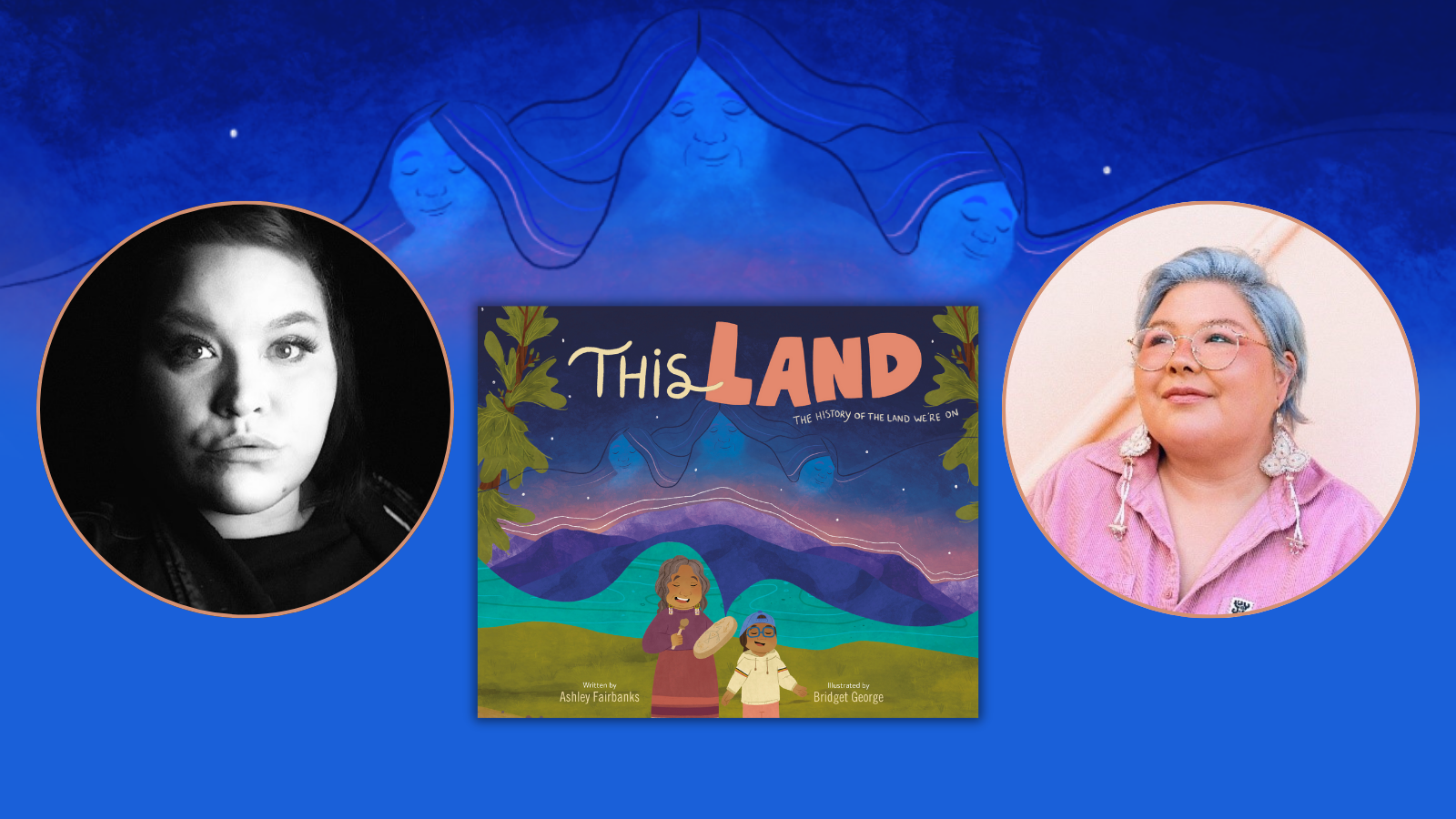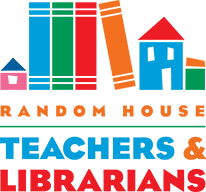Fresh Voices: Q&A with Ashley Fairbanks & Bridget George, creators of This Land

★ “This work aptly communicates the issue of land acknowledgments . . . A memorable message.”
—Publishers Weekly, starred review
What inspired you to write/illustrate This Land?
Ashley Fairbanks: I have a 13 year old, and seeing the lack of education about Indigenous people in her schooling was really difficult. I wanted to write This Land to give adults a tool to talk to children about the history of land theft and displacement of Indigenous people. I also wanted them to know why the history of the land we live on—and who lived there before us—is important.
Most American children aren’t taught about Indigenous history until late in elementary; I think it’s critical that the fact that Indigenous people were on this land since time immemorial is introduced long before that. This country has a long, long way to go in reconciling the history of what the US government did to Indigenous people, but we can’t have those conversations if people don’t know the basics of what was done to Indigenous people in their area.
Introducing the topic of displacement in a way that children can understand helps lay the foundation for having hard conversations down the road about the wrongs done to Indigenous Americans, and for figuring out together how we can undo some of that harm.
Bridget George: I was inspired by the need for a book like this to exist! The idea of a book that both acknowledges the uniqueness of the different nations that have always called this land home AND encourages curiosity and perspective shifts about colonization in such a loving, community building way is so exciting.
What was the most difficult part about writing the book? What part was the easiest?
AF: Because the most important part of this book was talking honestly about which tribes originally lived in certain places, it was really important for me to get their names correctly, and for Bridget to illustrate each tribal member in a way that was accurate to their traditional or contemporary dress. Since we are both Anishinaabe, we made sure to talk with people from every tribe mentioned in the book to ensure that all the details were correct.
The easiest part was creating the framing of how to present the story. I’ve done a lot of storytelling and art work about land acknowledgments and the history of Indigenous people on the land, so it was very natural to think about how to explain to children that they weren’t the first people to live where they live, and why it was important to think about it.
BG: As an Anishinaabe person, I’m able to illustrate Anishinaabe design motifs and clothing details easily. When it came to illustrating the other nations in the book I spent a long time trying to get the details right!
What element of the story do you identify with the most and why?
AF: My grandma was an incredibly important part of my life, so the idea that the wisdom in this story is coming from TJ’s feels familiar and warm. Learning from elders is a really critical part of Anishinaabe culture, so it was important that the children learn from TJ’s grandmother.
BG: I think what strikes me the most about the book is the love and gentleness that it carries while approaching a difficult to understand and sometimes uncomfortable subject. You can really feel through the book that there is a beautiful potential for understanding and community building.
What do you want kids today to take away from this story?
AF: My greatest hope for This Land is that it makes kids (and their parents) curious about the Indigenous people that lived in their communities before colonization, and that it makes them ask where those people are today. Are they still there, as neighbors and friends, teachers and shopkeepers? Or were they forced off the land? Where did they go? I’m excited that the answers to this will be different for every child that reads This Land, and where that curiosity takes them in the future.
BG: I hope This Land inspires children and their grown-ups to explore the world around them with a new lens. I hope they finish the book with a new curiosity about the hundreds of different Indigenous Nations that have always called this land home.
What are you currently reading?
AF: I am currently reading and rereading the draft of my next book, which is a middle-grade book about the government-run boarding schools that Indigenous children were forced to attend. [Note: This is another Race to the Truth book, scheduled for Summer 2026!] When I put that down, I’m going between Notes on a Nervous Planet by Matt Haig and the array of romance novels I speed read as a treat. I am always reading something serious and something light-hearted to keep things in balance.
BG: I’m currently about to finish The Art Thief by Michael Finkel and am currently having Charlotte’s Web read aloud to me by my little one 🙂

This Land By Ashley Fairbanks; illustrated by Bridget George
This engaging story about native lands invites kids to trace history and explore their communities.
"An adorable primer on the history of land."--PEOPLE.com
Before my family lived in this house, a different family did, and before them, another family, and another before them. And before that, the family lived here, not in a house, but a wigwam. Who lived where you are before you got there?
This Land teaches readers that American land, from our backyards to our schools to Disney World, are the traditional homelands of many Indigenous nations. This Land will spark curiosity and encourage readers to explore the history of the places they live and the people who have lived there throughout time and today.
The Fresh Voices series is in coordination with the RHCB DEI Book Club committee.





